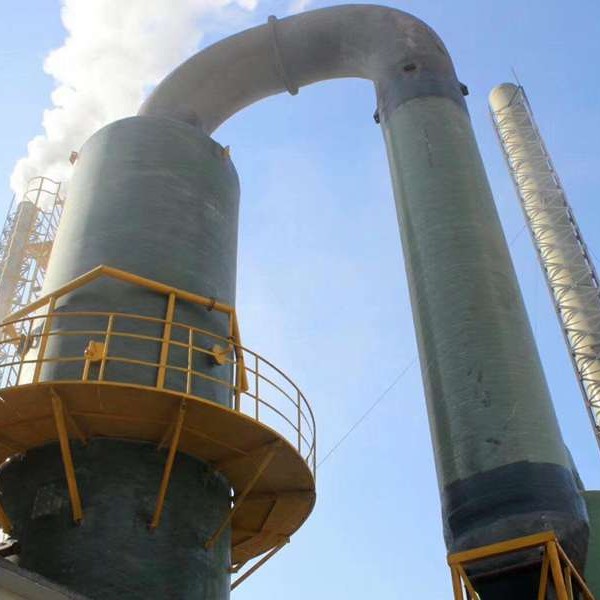
-
 Afrikaans
Afrikaans -
 Albanian
Albanian -
 Amharic
Amharic -
 Arabic
Arabic -
 Armenian
Armenian -
 Azerbaijani
Azerbaijani -
 Basque
Basque -
 Belarusian
Belarusian -
 Bengali
Bengali -
 Bosnian
Bosnian -
 Bulgarian
Bulgarian -
 Catalan
Catalan -
 Cebuano
Cebuano -
 China
China -
 China (Taiwan)
China (Taiwan) -
 Corsican
Corsican -
 Croatian
Croatian -
 Czech
Czech -
 Danish
Danish -
 Dutch
Dutch -
 English
English -
 Esperanto
Esperanto -
 Estonian
Estonian -
 Finnish
Finnish -
 French
French -
 Frisian
Frisian -
 Galician
Galician -
 Georgian
Georgian -
 German
German -
 Greek
Greek -
 Gujarati
Gujarati -
 Haitian Creole
Haitian Creole -
 hausa
hausa -
 hawaiian
hawaiian -
 Hebrew
Hebrew -
 Hindi
Hindi -
 Miao
Miao -
 Hungarian
Hungarian -
 Icelandic
Icelandic -
 igbo
igbo -
 Indonesian
Indonesian -
 irish
irish -
 Italian
Italian -
 Japanese
Japanese -
 Javanese
Javanese -
 Kannada
Kannada -
 kazakh
kazakh -
 Khmer
Khmer -
 Rwandese
Rwandese -
 Korean
Korean -
 Kurdish
Kurdish -
 Kyrgyz
Kyrgyz -
 Lao
Lao -
 Latin
Latin -
 Latvian
Latvian -
 Lithuanian
Lithuanian -
 Luxembourgish
Luxembourgish -
 Macedonian
Macedonian -
 Malgashi
Malgashi -
 Malay
Malay -
 Malayalam
Malayalam -
 Maltese
Maltese -
 Maori
Maori -
 Marathi
Marathi -
 Mongolian
Mongolian -
 Myanmar
Myanmar -
 Nepali
Nepali -
 Norwegian
Norwegian -
 Norwegian
Norwegian -
 Occitan
Occitan -
 Pashto
Pashto -
 Persian
Persian -
 Polish
Polish -
 Portuguese
Portuguese -
 Punjabi
Punjabi -
 Romanian
Romanian -
 Russian
Russian -
 Samoan
Samoan -
 Scottish Gaelic
Scottish Gaelic -
 Serbian
Serbian -
 Sesotho
Sesotho -
 Shona
Shona -
 Sindhi
Sindhi -
 Sinhala
Sinhala -
 Slovak
Slovak -
 Slovenian
Slovenian -
 Somali
Somali -
 Spanish
Spanish -
 Sundanese
Sundanese -
 Swahili
Swahili -
 Swedish
Swedish -
 Tagalog
Tagalog -
 Tajik
Tajik -
 Tamil
Tamil -
 Tatar
Tatar -
 Telugu
Telugu -
 Thai
Thai -
 Turkish
Turkish -
 Turkmen
Turkmen -
 Ukrainian
Ukrainian -
 Urdu
Urdu -
 Uighur
Uighur -
 Uzbek
Uzbek -
 Vietnamese
Vietnamese -
 Welsh
Welsh -
 Bantu
Bantu -
 Yiddish
Yiddish -
 Yoruba
Yoruba -
 Zulu
Zulu
Innovative Friction Dampers for Enhanced Structural Performance and Earthquake Resilience
Understanding FRP Damper Technology
Fiber Reinforced Polymer (FRP) dampers represent a significant advancement in the field of structural engineering and seismic design. As cities become denser and the frequency of extreme weather events rises, the need for resilient infrastructure has never been more pressing. FRP dampers are emerging as a crucial solution to protect structures against dynamic loads such as earthquakes and wind forces. This article explores what FRP dampers are, their benefits, and their applications.
What are FRP Dampers?
FRP dampers are devices designed to absorb and dissipate energy during events like earthquakes or strong winds. They are made of composite materials that combine polymers with fibers (such as glass, carbon, or aramid fibers), resulting in a lightweight yet strong and durable product. The primary function of these dampers is to reduce the movement and vibrations of structures by converting kinetic energy into thermal energy, thereby minimizing damage.
Advantages of FRP Dampers
1. Lightweight Design One of the most significant benefits of FRP dampers is their low weight compared to traditional damping systems. This characteristic is particularly advantageous in high-rise buildings where excessive weight can lead to structural complications.
2. Corrosion Resistance FRP materials are resistant to environmental degradation. Unlike steel, which can corrode over time, FRP continues to perform effectively in harsh conditions, increasing the lifespan and reducing maintenance costs of the structures.
3. High Strength-to-Weight Ratio The strength of FRP composites allows for efficient energy absorption. This property means that thinner and lighter dampers can be used, thus preserving aesthetic and architectural integrity.
4. Versatility and Customization FRP dampers can be designed in various shapes and sizes to meet specific engineering requirements. They can be tailored for different applications, including bridges, buildings, and other infrastructures susceptible to dynamic loads.
frp damper

5. Reduced Construction Time The easy installation of FRP dampers contributes to reduced construction time as they can often be integrated into new structures or retrofitted to existing ones with relative ease.
Applications of FRP Dampers
FRP dampers are increasingly being utilized in various applications across the globe. In civil architecture, they can be found in skyscrapers in seismic-prone areas where they protect buildings from lateral forces. Bridges also benefit from FRP dampers, as these structures are often subjected to both traffic loads and environmental forces.
Additionally, the use of FRP dampers is expanding in the field of renewable energy. Wind turbines, for instance, are now being outfitted with these dampers to mitigate oscillations caused by wind loads, thus enhancing stability and prolonging the life of the turbine components.
Future of FRP Dampers
As technology progresses, the potential for FRP dampers continues to grow. Advances in manufacturing processes and material science will likely result in even more efficient and effective designs. Research is ongoing to optimize the mechanical properties of FRP materials, ensuring they can withstand a wider range of environmental conditions and loads.
Moreover, as urbanization increases and the impact of climate change becomes more pronounced, the integration of FRP dampers in building codes and standards is expected to rise. Engineers and architects are recognizing the benefits of incorporating these innovative solutions into new projects and retrofitting older structures, ultimately leading to safer urban environments.
Conclusion
In conclusion, FRP dampers hold great promise for enhancing the resilience of structures against dynamic forces. Their lightweight, corrosion-resistant nature, high strength-to-weight ratio, and versatility make them an attractive option for engineers and architects alike. As the construction industry continues to evolve in response to urbanization and climate change, FRP dampers are poised to play a vital role in the future of structural engineering, ensuring that our infrastructures can withstand the challenges of tomorrow.









